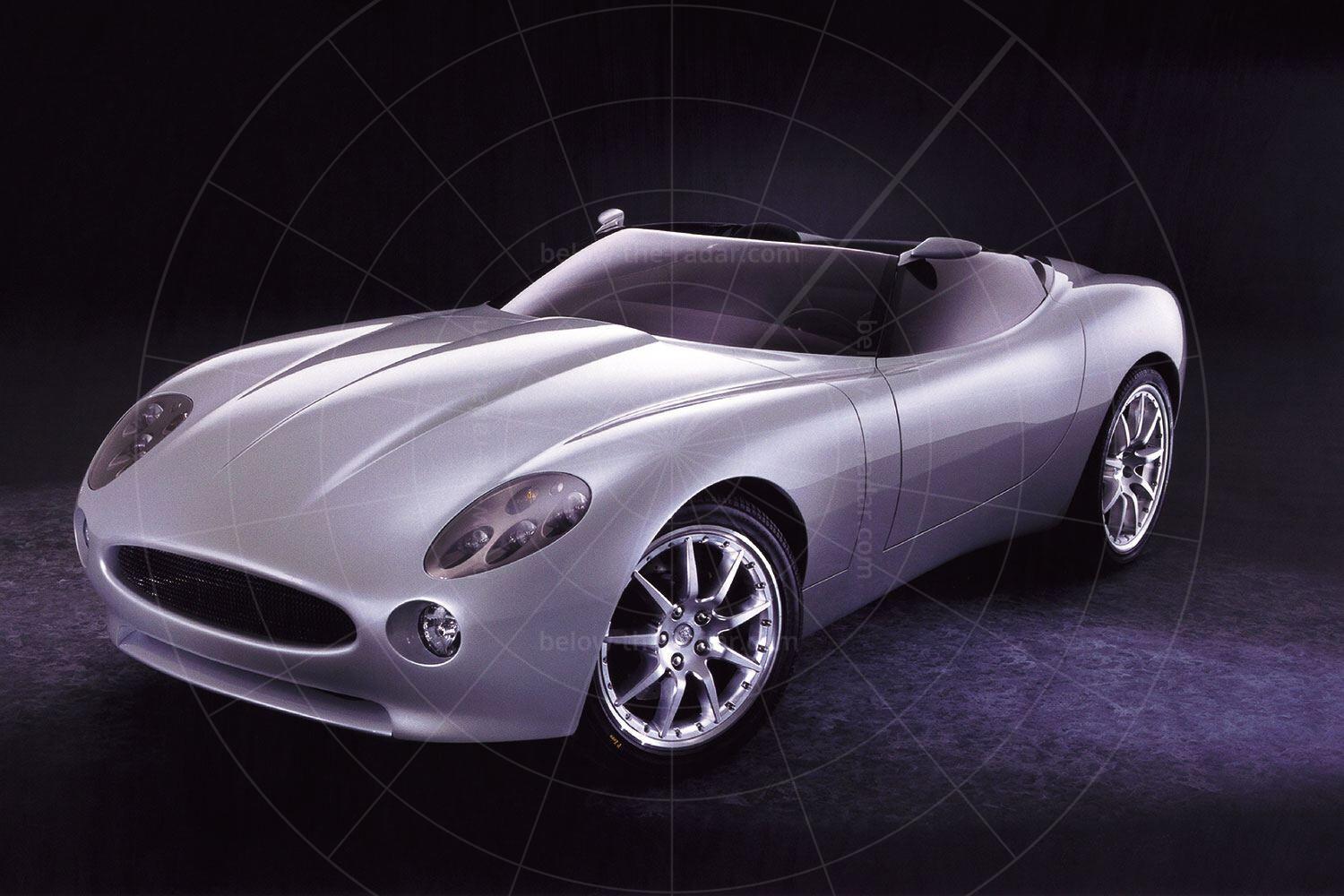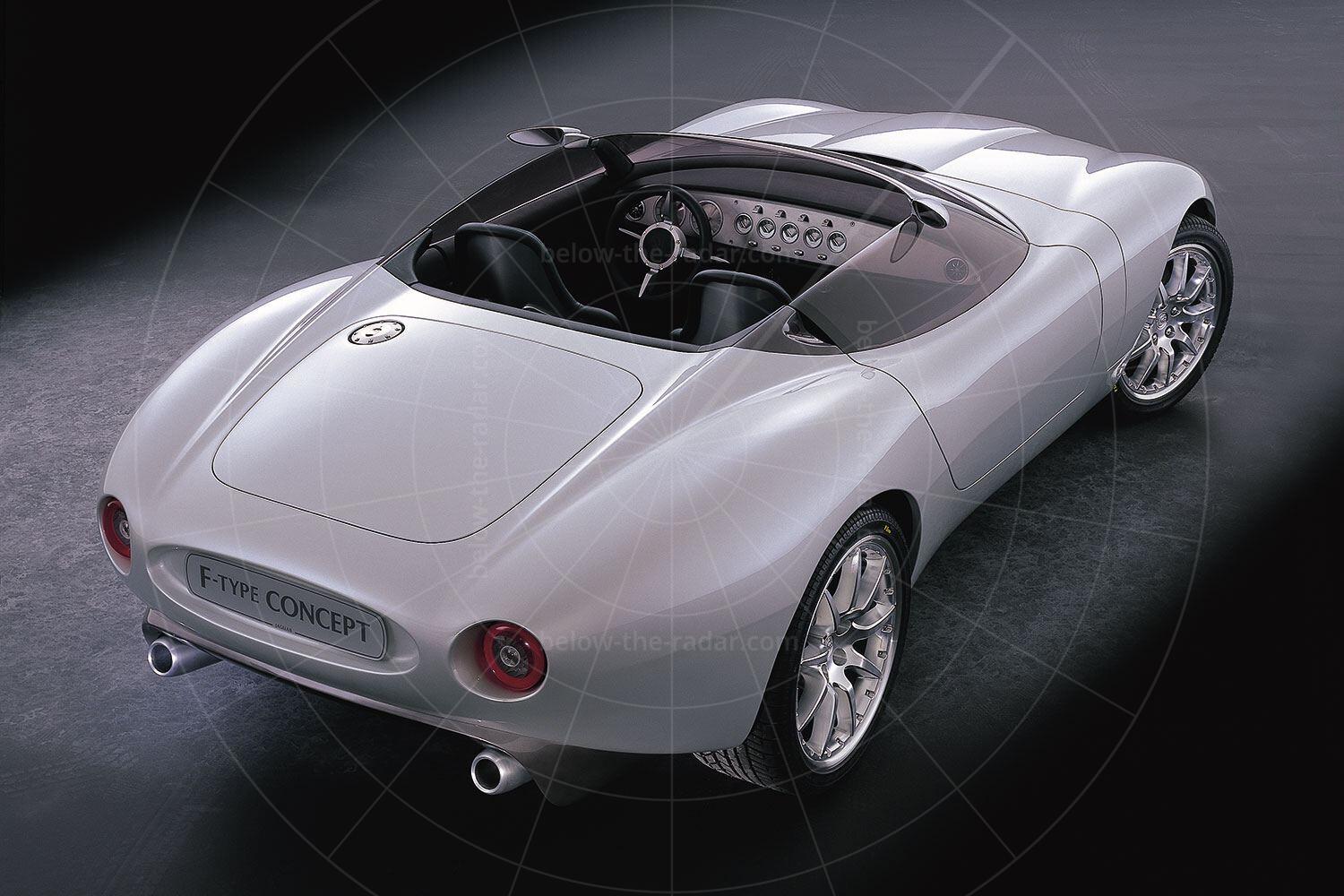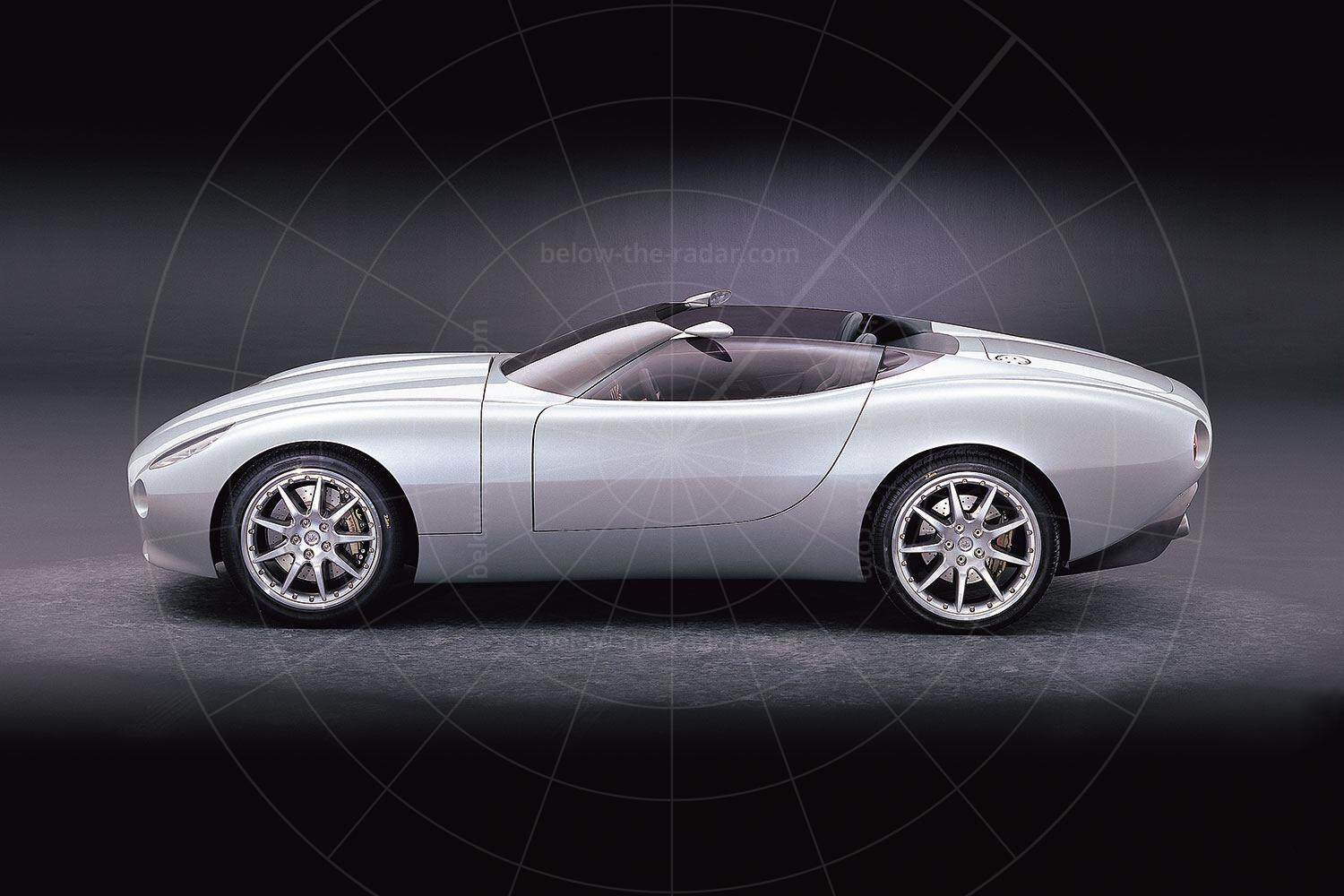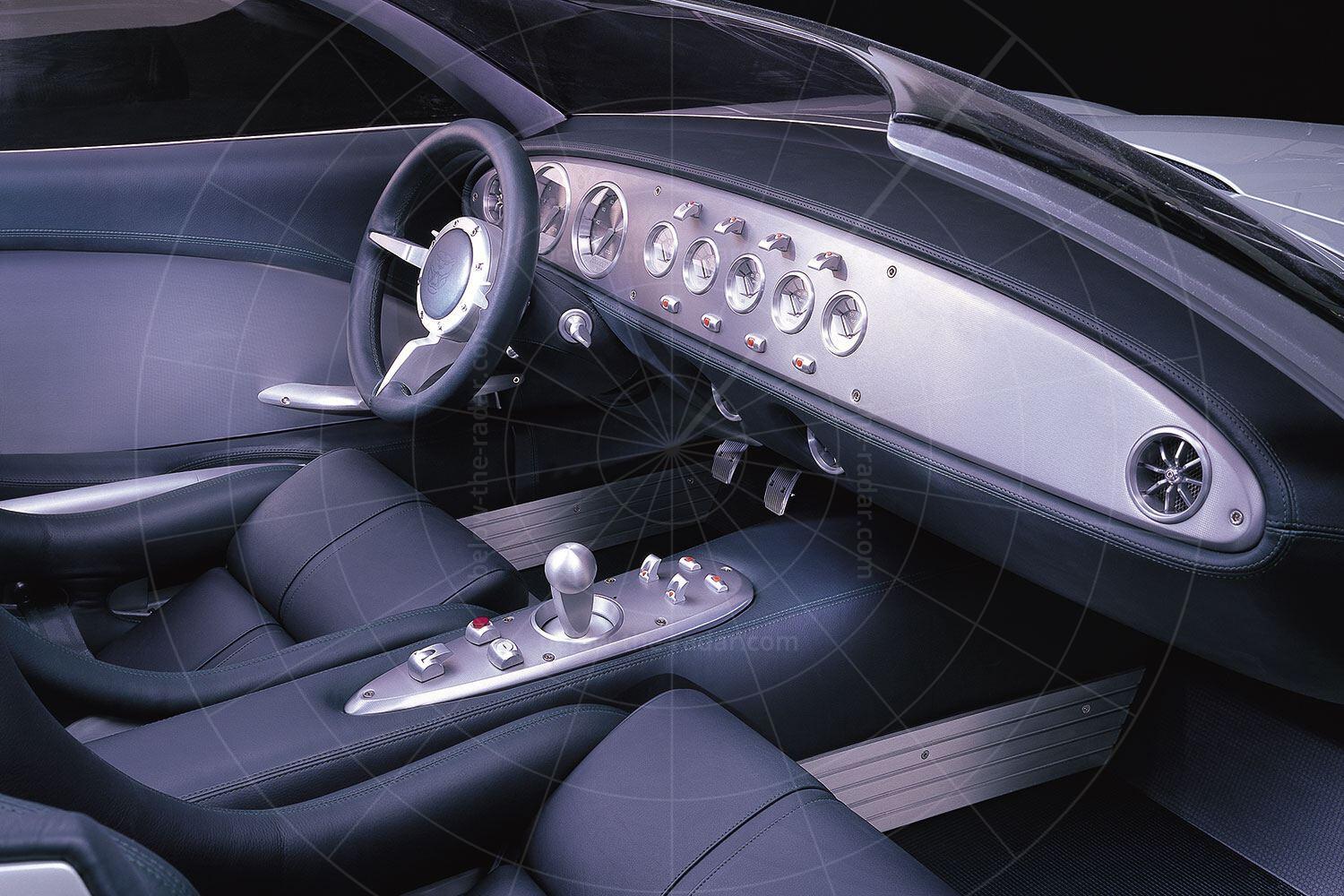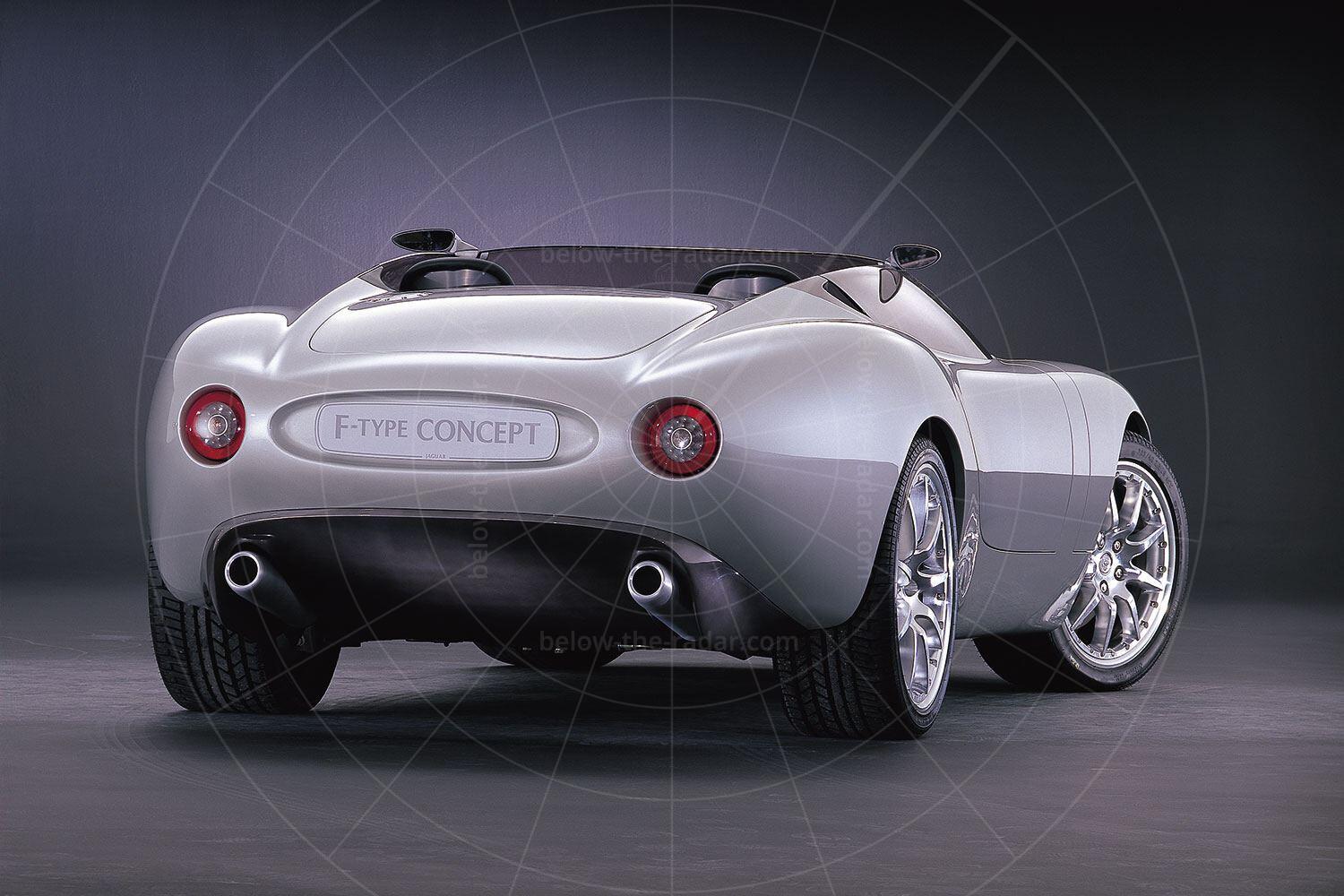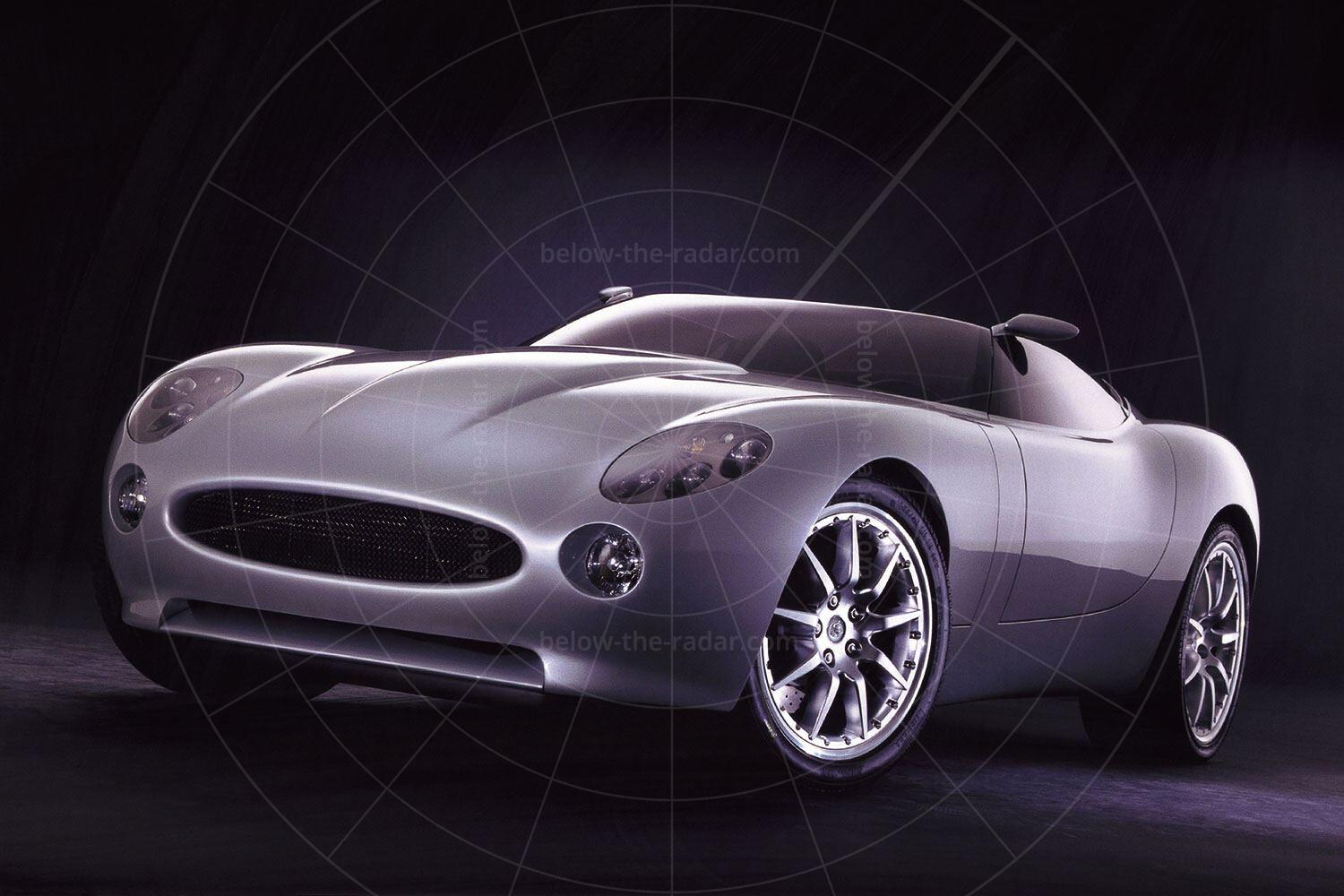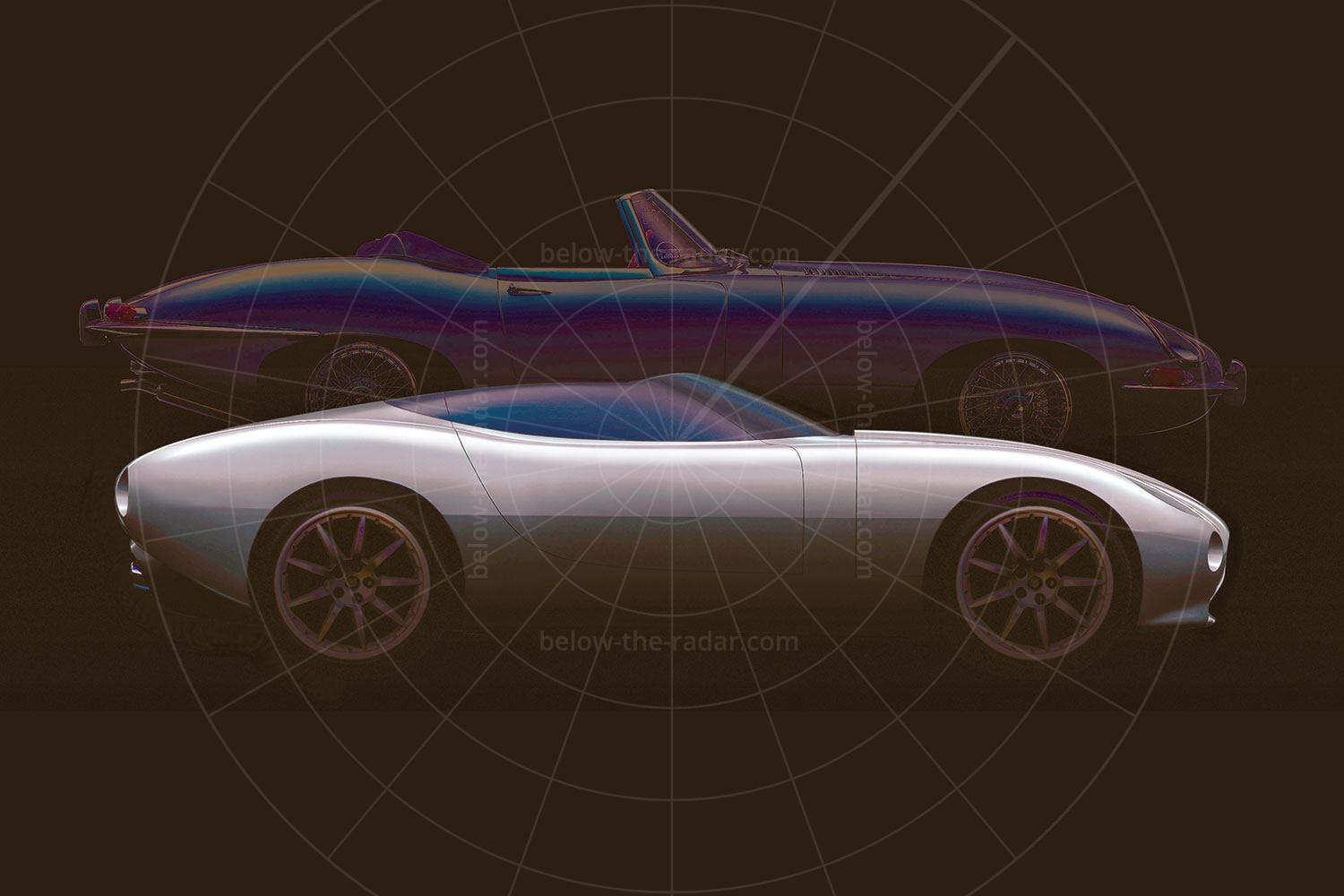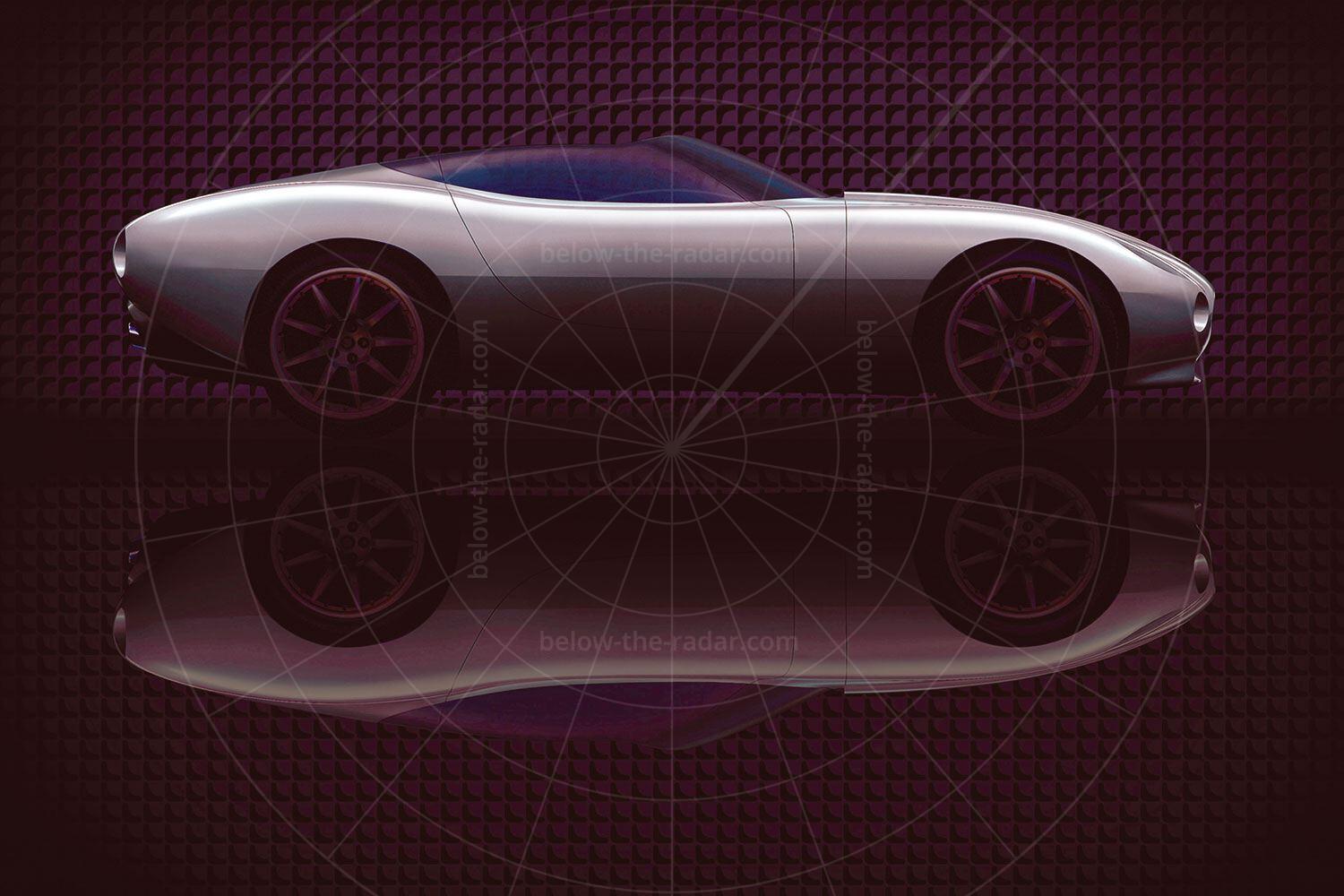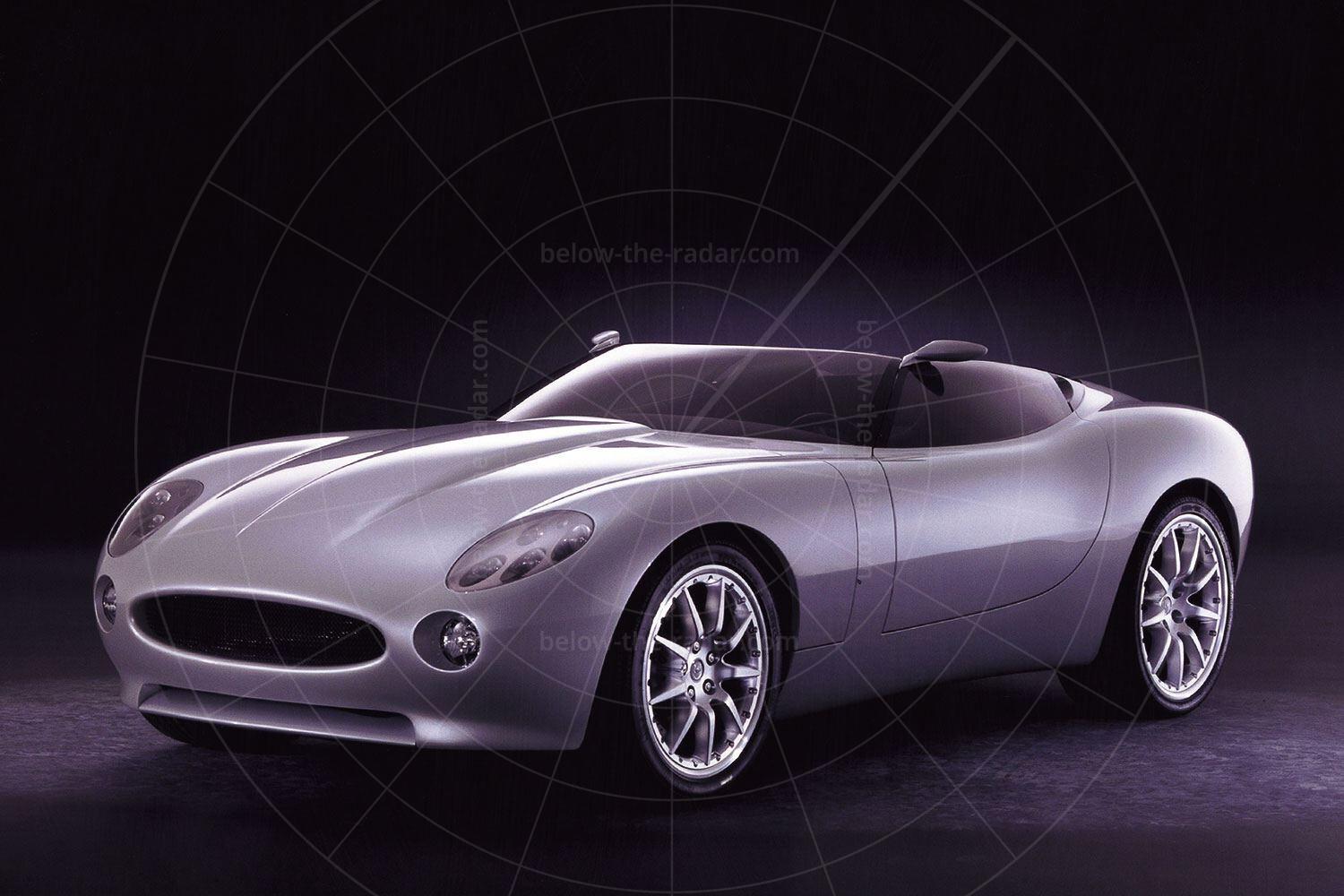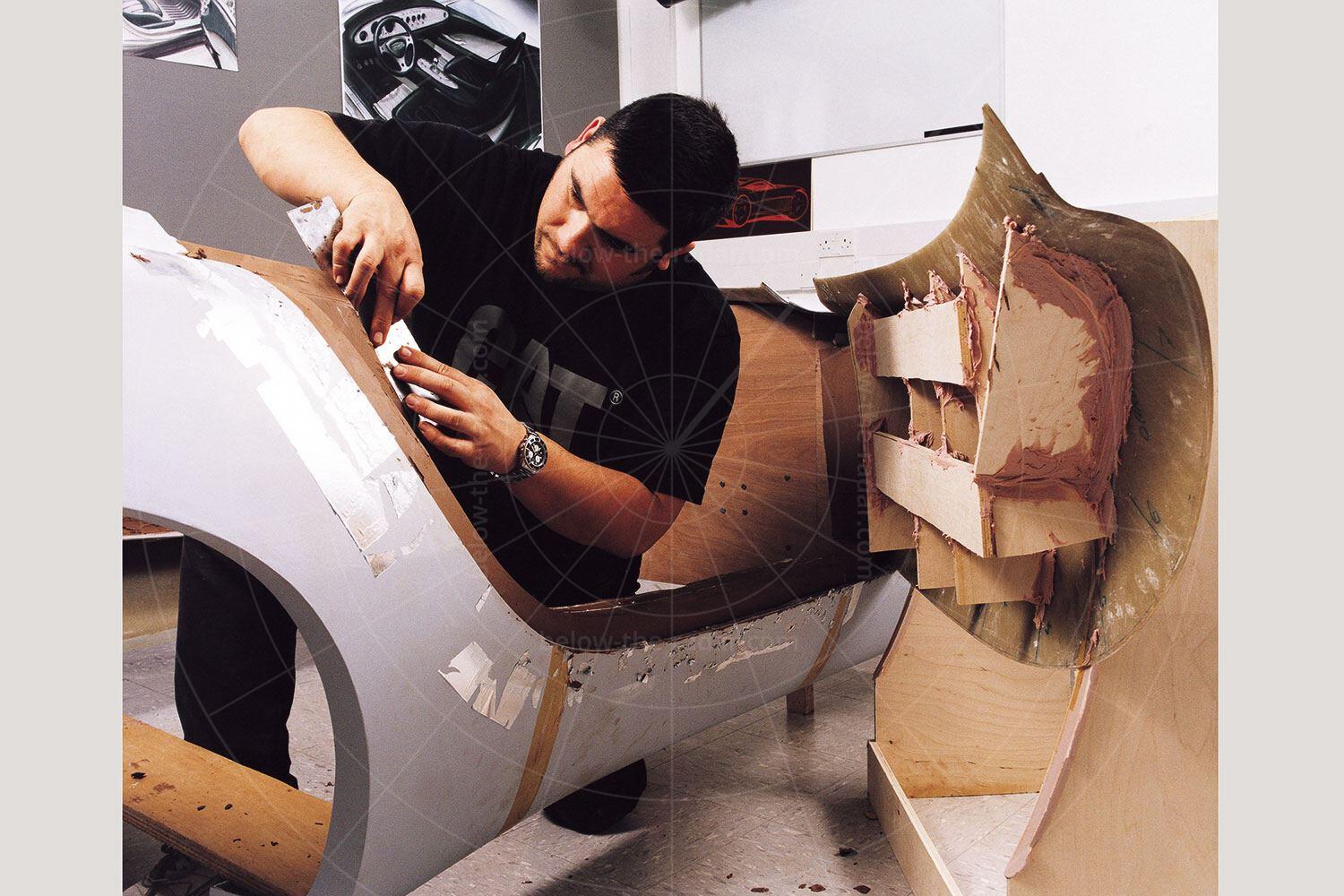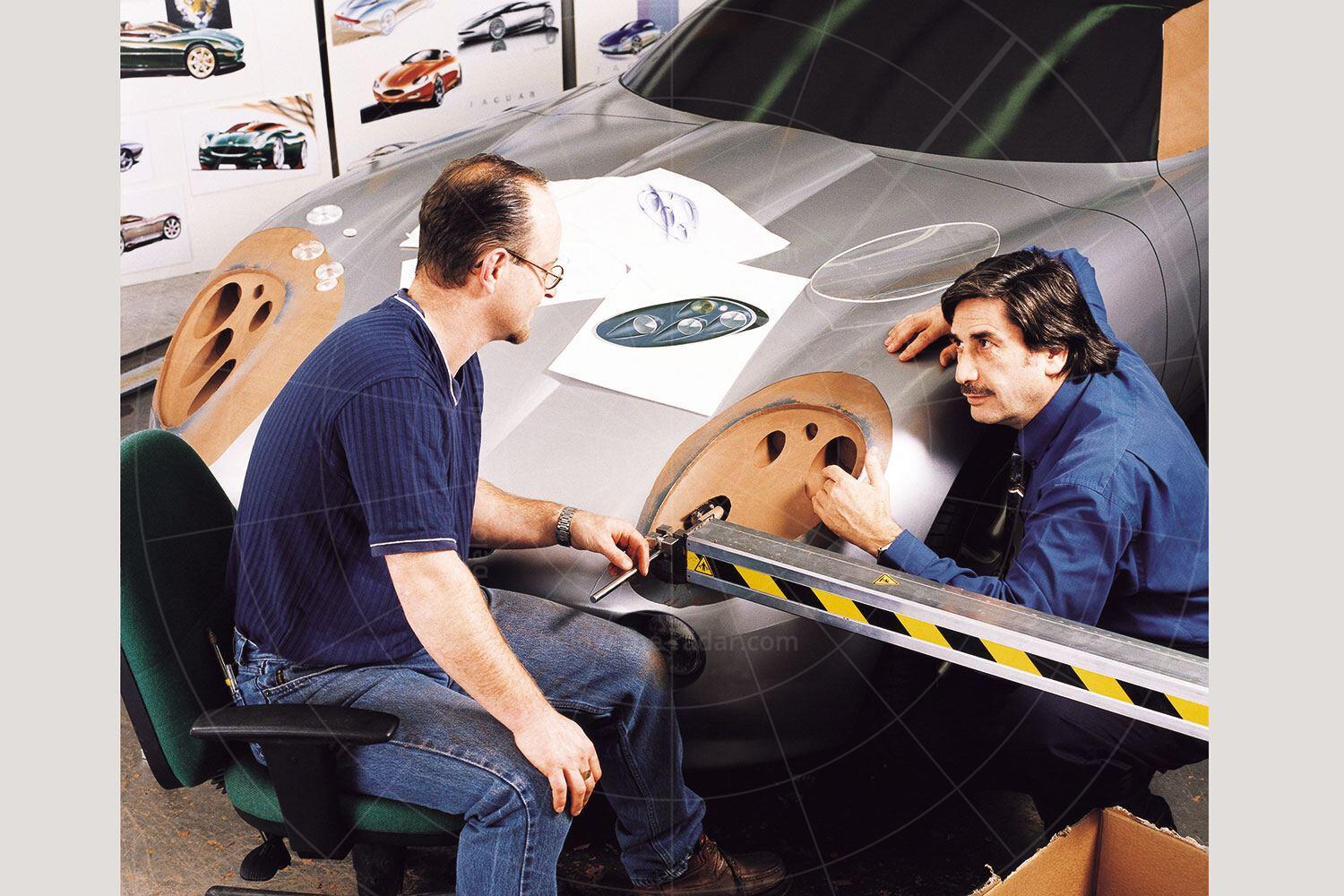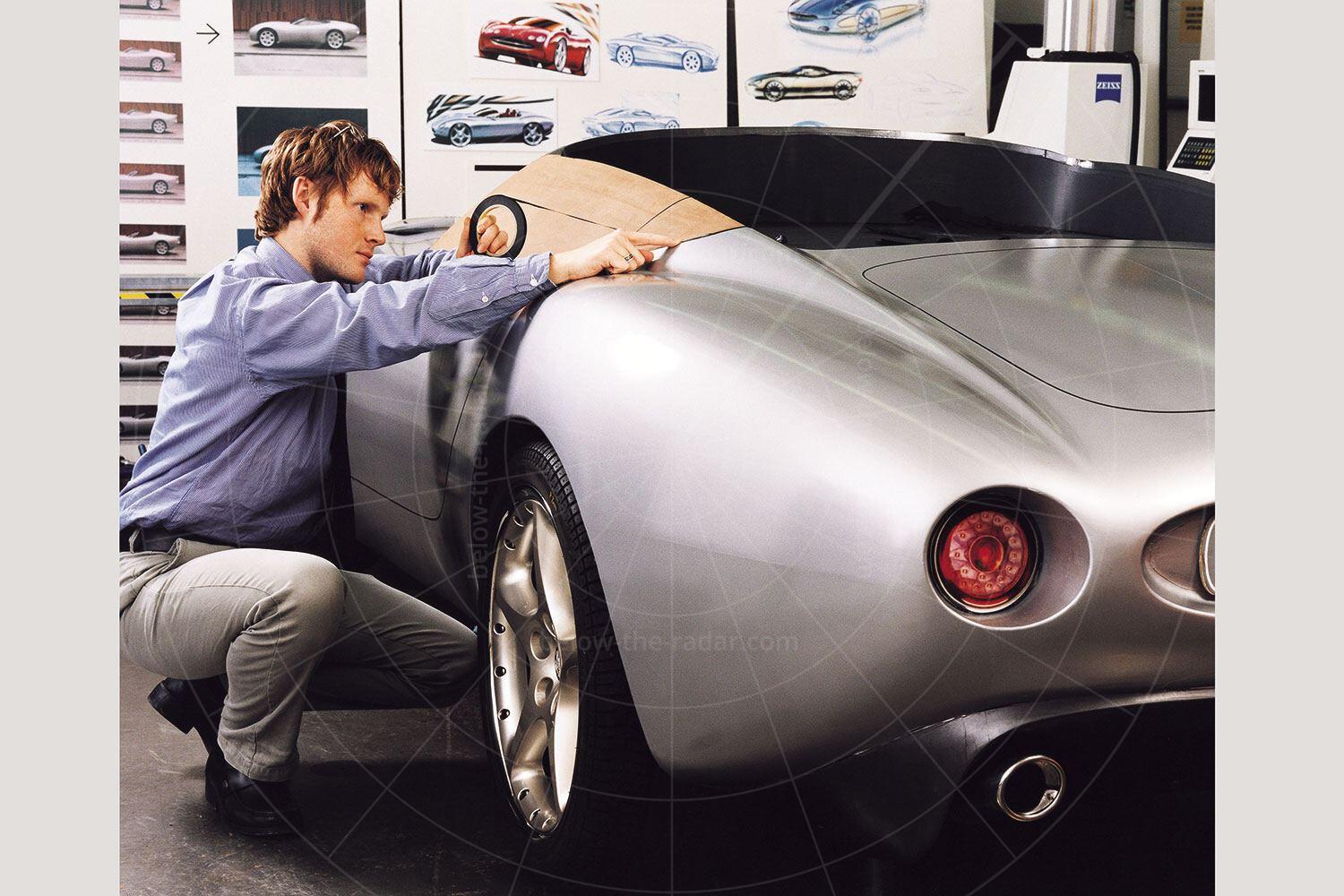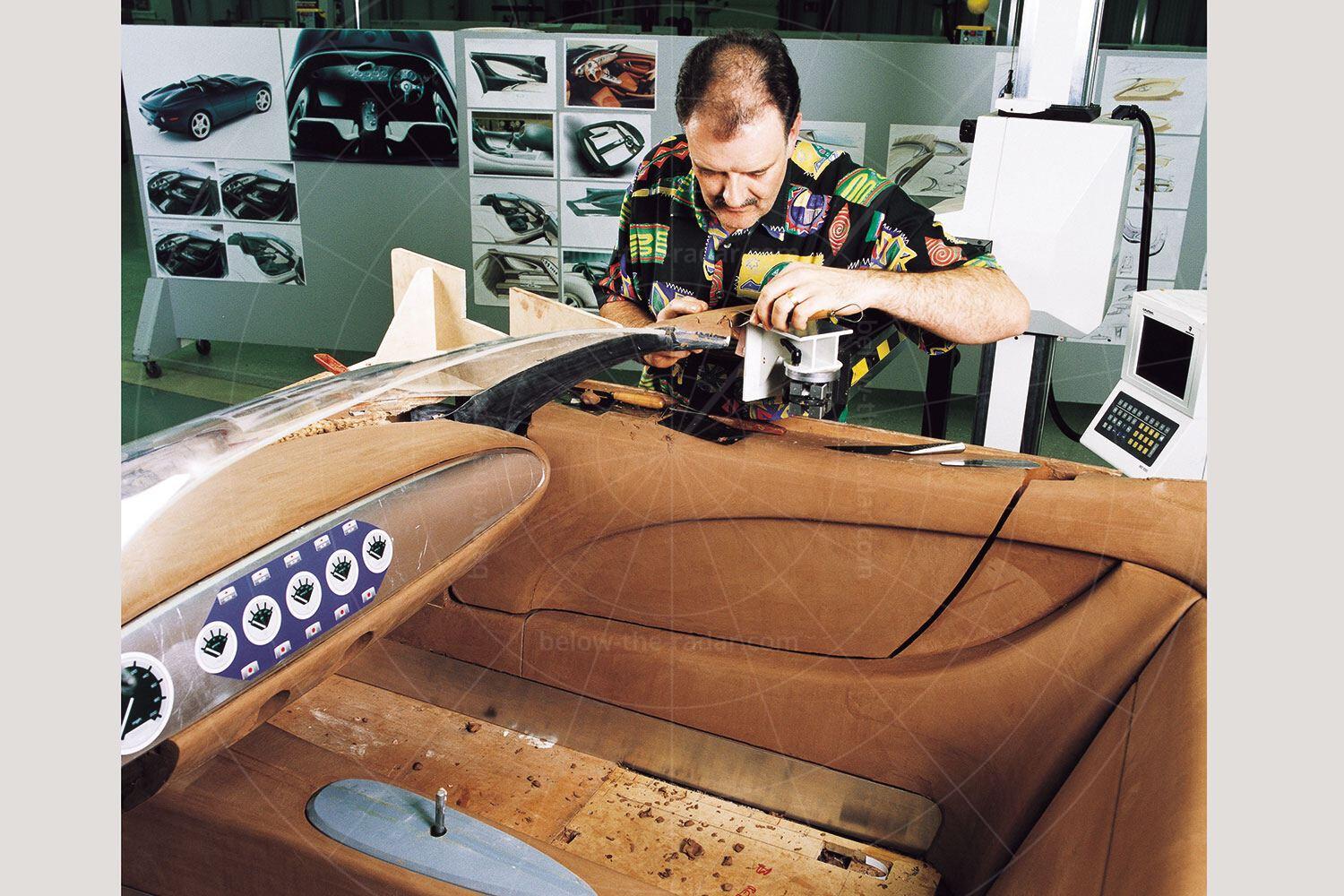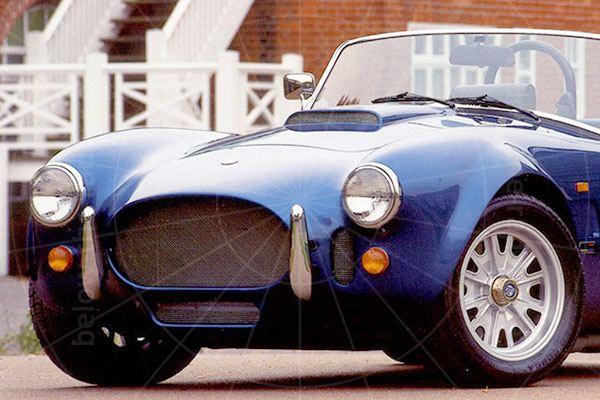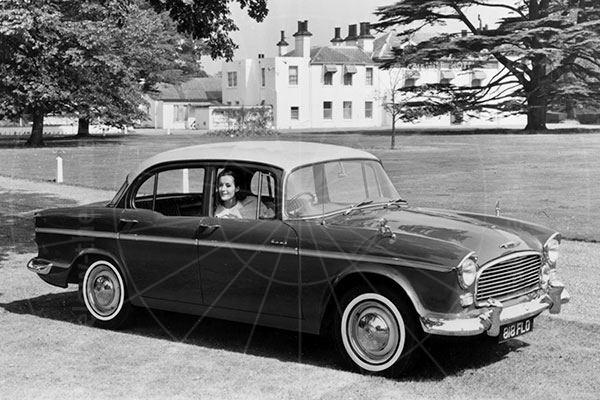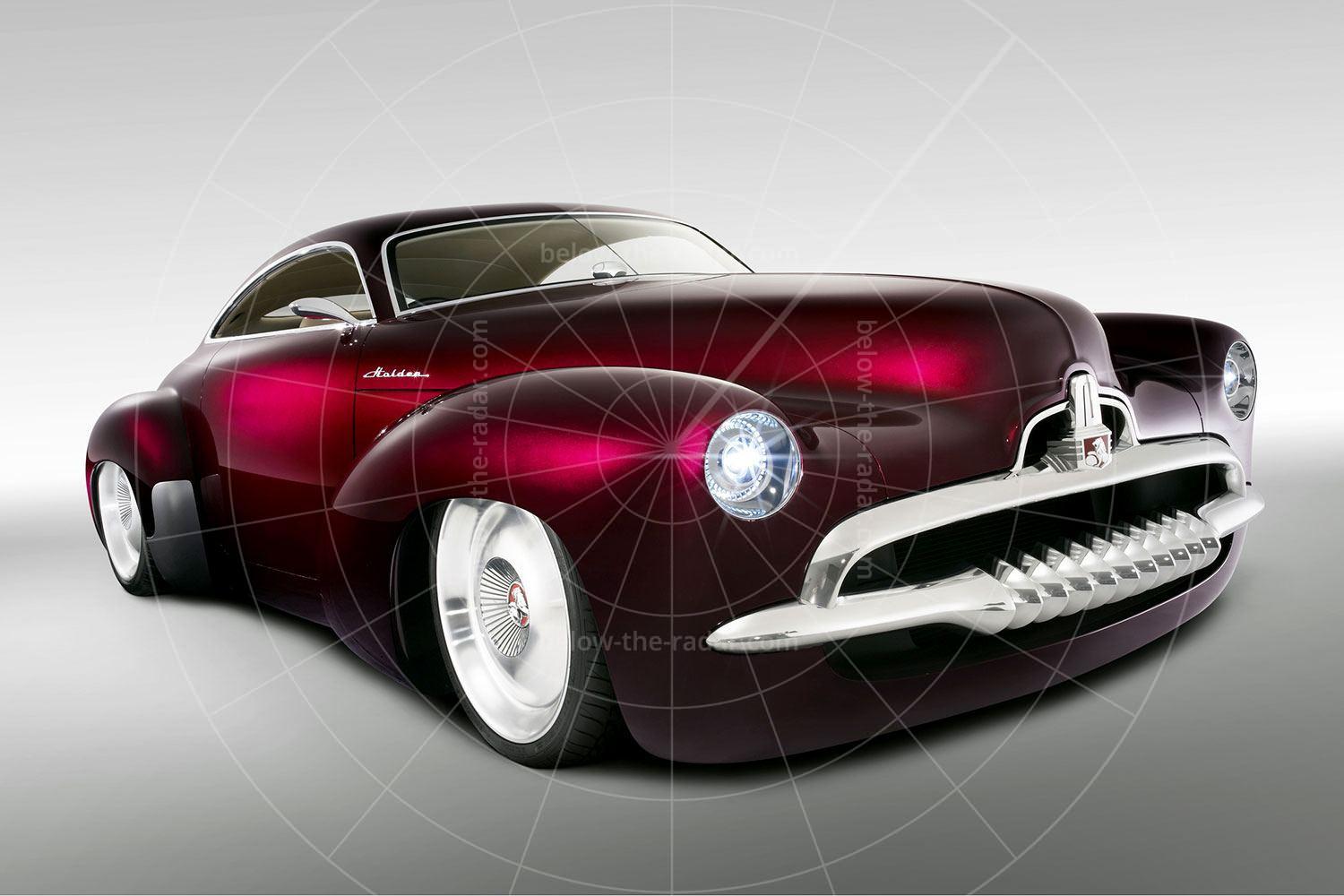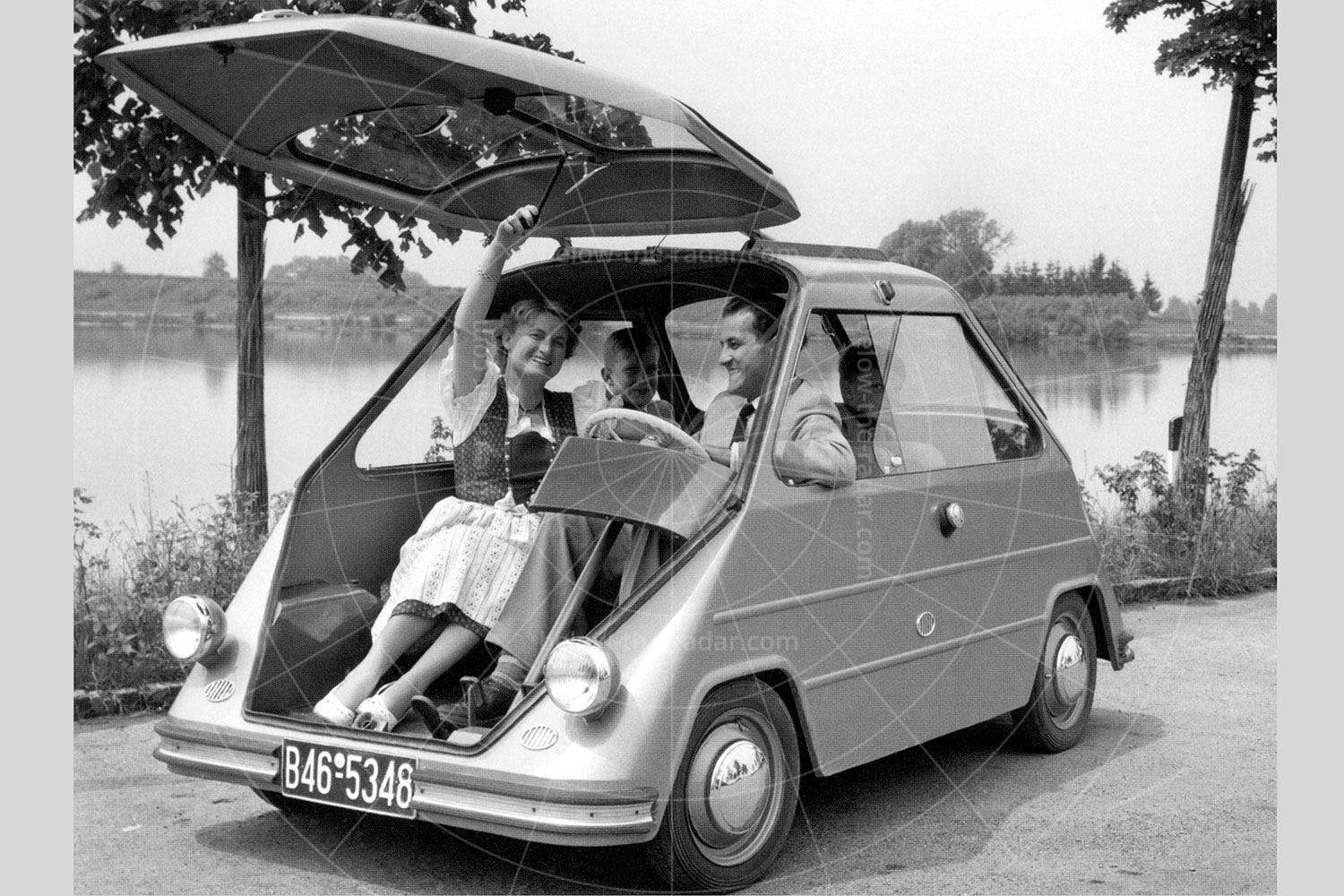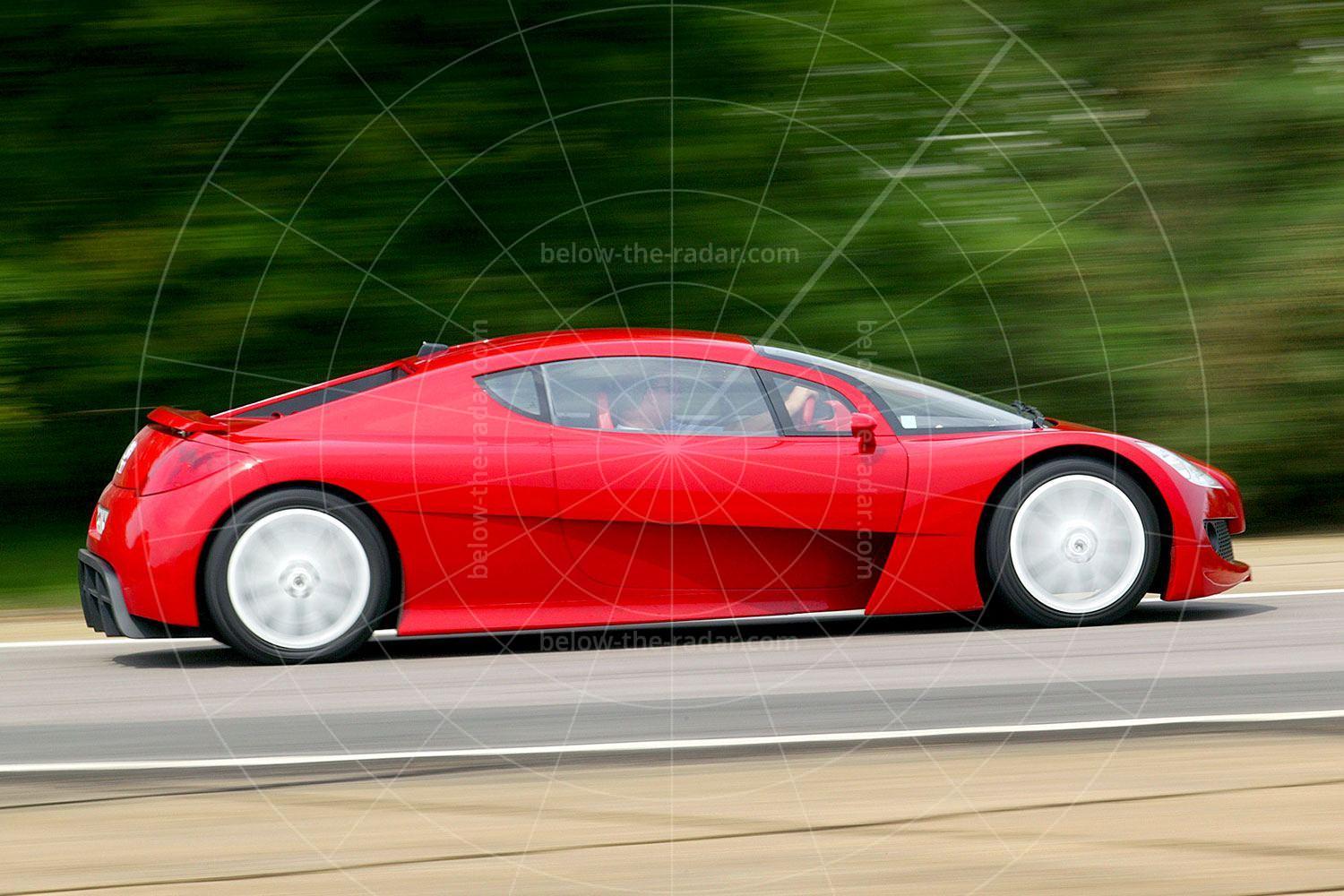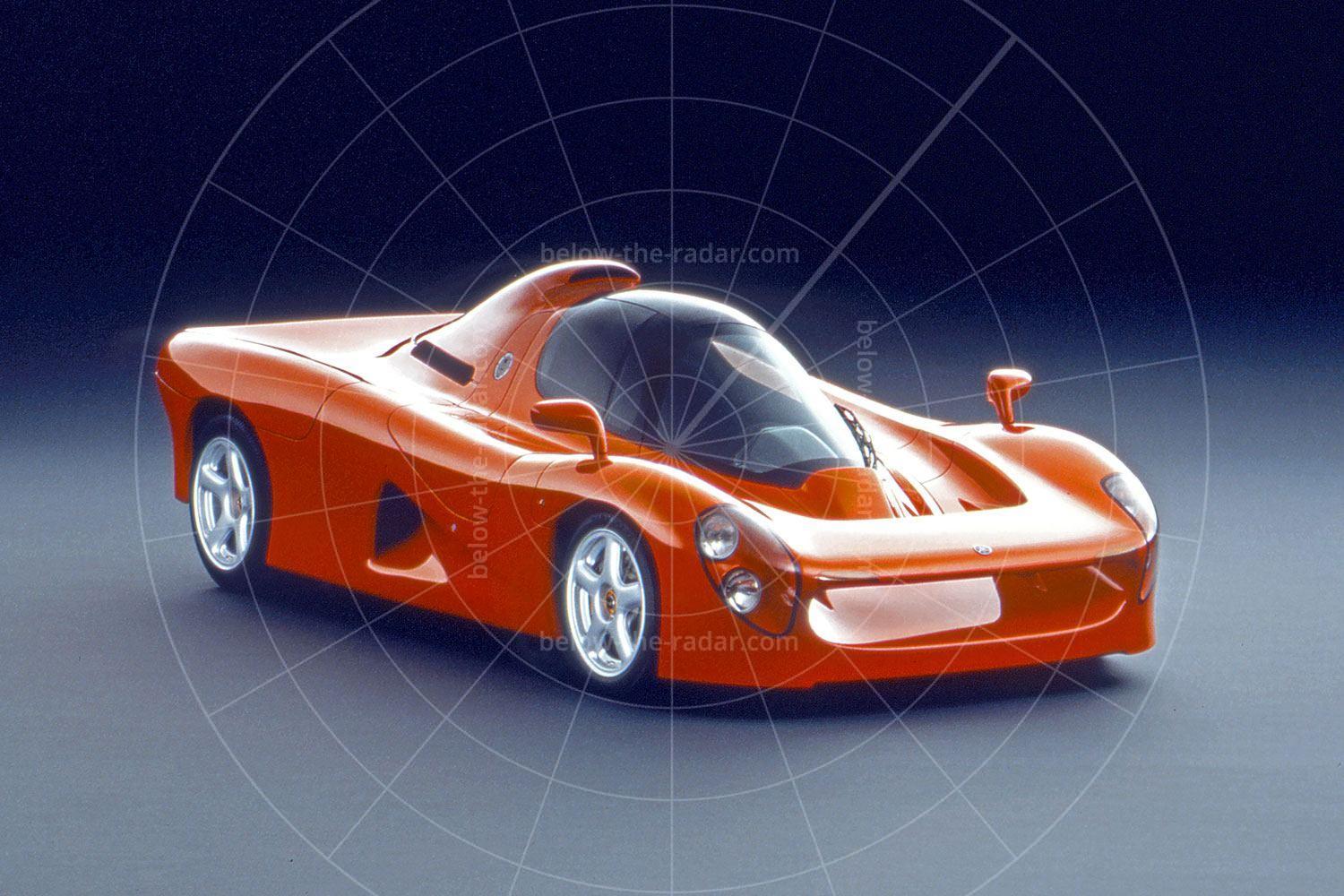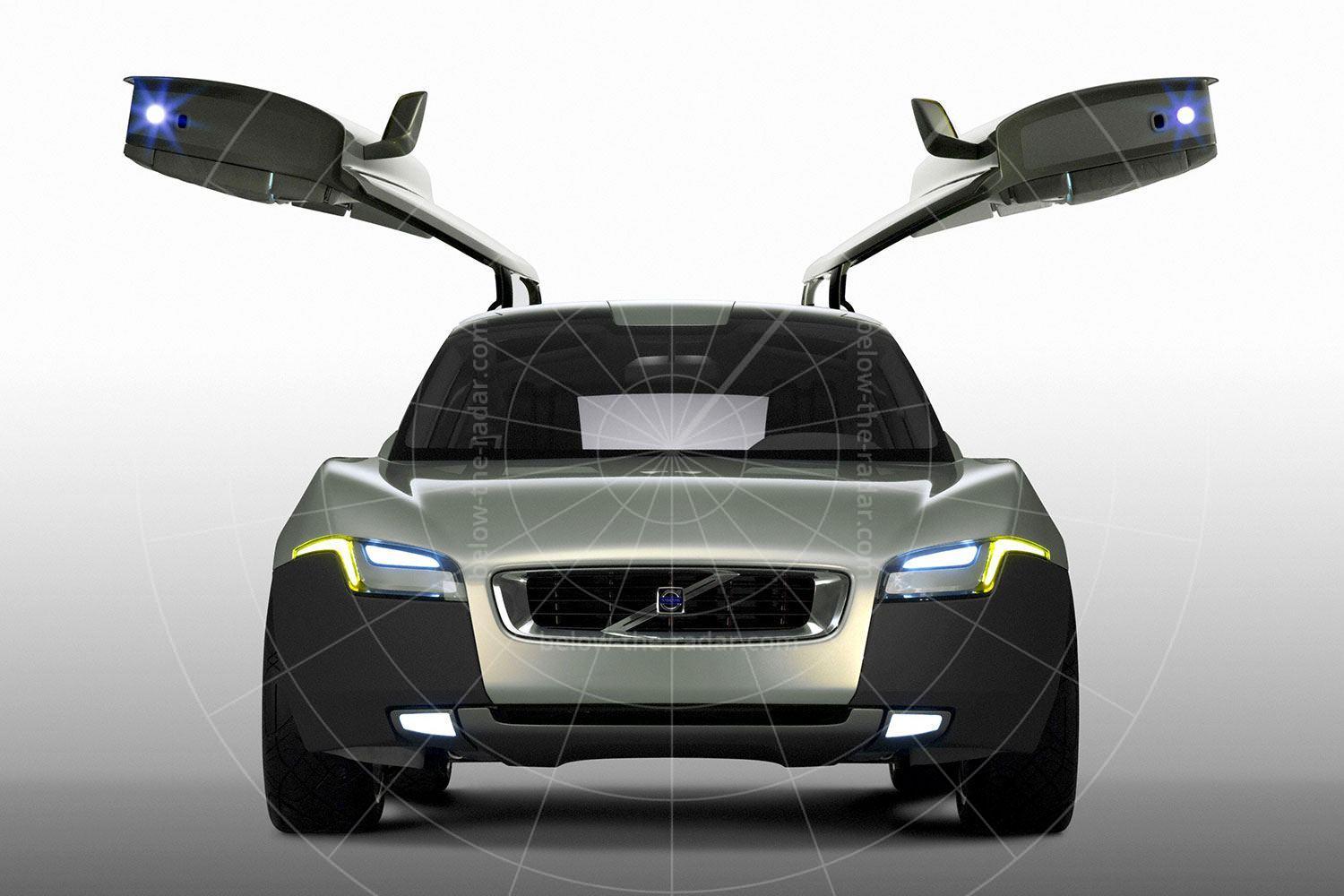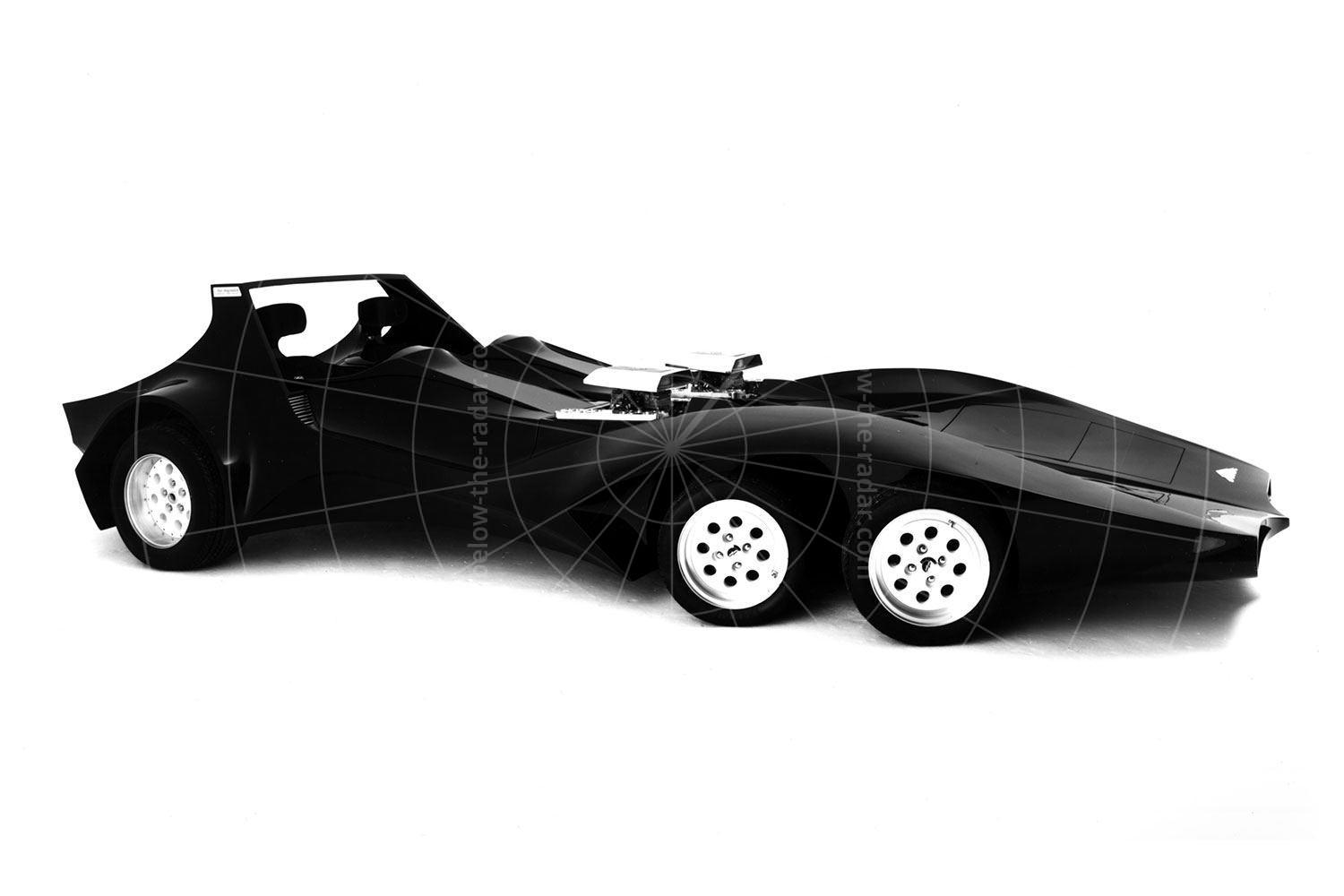When it comes to seminal sports cars there can be none more iconic than the Jaguar E-type, first seen in 1961 and now one of the world’s most recognisable automotive shapes. But where do you go from there? Do you try to cash in on such a revered car, or do you try to move on by barely acknowledging it? If you’re in any doubt, just looking at the F-Type’s name will provide the answer – although the concept owed more to the XK8 that was then in production, rather than the E-type which had bowed out more than two decades before the F-Type concept made its debut at the 2000 Geneva motor show.
The F-Type was a development of the XK180 concept which had been shown a year before. But whereas the XK8, and Jaguars in general, had become rather portly thanks to somewhat generous dimensions, the F-Type intended to reverse the trend. The F-Type had started out as a project overseen by Jaguar’s then head of design Geoff Lawson. But when Lawson died suddenly in June 1999, Keith Helfet became the design project leader, and the result of his team's efforts was one of the most beautiful and curvaceous concepts ever seen.
The reasoning behind the F-Type was that it should provide a British competitor to the Porsche Boxster, Mercedes SLK, BMW Z3 and Audi TT Roadster, a market then worth 150,000 cars annually. Although any production model would have to be eminently practical, the show car didn’t need to worry about such boring details, which is why there was no weather protection of any kind.
There was also no engine or running gear for the show car, but it was envisaged that a 2.5 or 3.0-litre V6, as seen in the X-type, would fit the bill nicely. In standard form it would produce around 240bhp, but with the aid of a supercharger a very healthy 300bhp could easily be realised. Manual or automatic gearboxes would be available with rear-wheel drive being standard, although four-wheel drive would probably have been an option on the more powerful models.
Although the F-Type would be a sportscar capable of high speeds, there were no skirts, spoilers or other aerodynamic distractions on the bodywork. Whether or not the car would have proved stable at high speed with such smooth lines isn’t known, but the diffuser at the back of the car combined with a smooth underbody should have done their bit to maintain stability as the speed built.
At the front there was a very subtle adjustable air dam, which would be lowered automatically at high speed to reduce lift. But despite the best efforts of the design team there would still have been major problems with turbulence over the car’s occupants as speeds rose, because of the total absence of any kind of roof.
Inside the F-Type there was a simple but high-tech approach, most of the work being done by designers Adam Hatton and Pasi Pennanen. Aluminium abounded, with much of it machined from solid and then polished to perfection; virtually all of the switchgear was made from solid pieces of alloy to give a beautifully engineered, tactile quality. There were lightweight accents running across the dashboard, steering wheel, pedals, door panels, the seats and even the floor.
In the end the F-Type’s chances of making it into production were scuppered by the need for a bespoke platform if it was to retain its compact dimensions. Engineering a floorpan just for the one model would be prohibitively expensive, and there was no way Jaguar would have got its money back from such a move. By basing the car on an existing platform it would have become a quite different car, and when Porsche tried to do that with its 911-based Boxster, it lost something between the concept and production stages. Jaguar didn’t want to fall into that trap.
Of course Jaguar would go on to produce an F-Type coupé and convertible which would arrive in 2012 and 2013 respectively – and they didn't look anything like the F-Type concept of 2000.
| Vital statistics | |
|---|---|
| Debut | Detroit, 2000 |
| Designer | Keith Helfet |
| Engine | Front-engined, 2976cc, V6 |
| Transmission | 5-speed auto, rear-wheel drive |
| Power | 240bhp |

